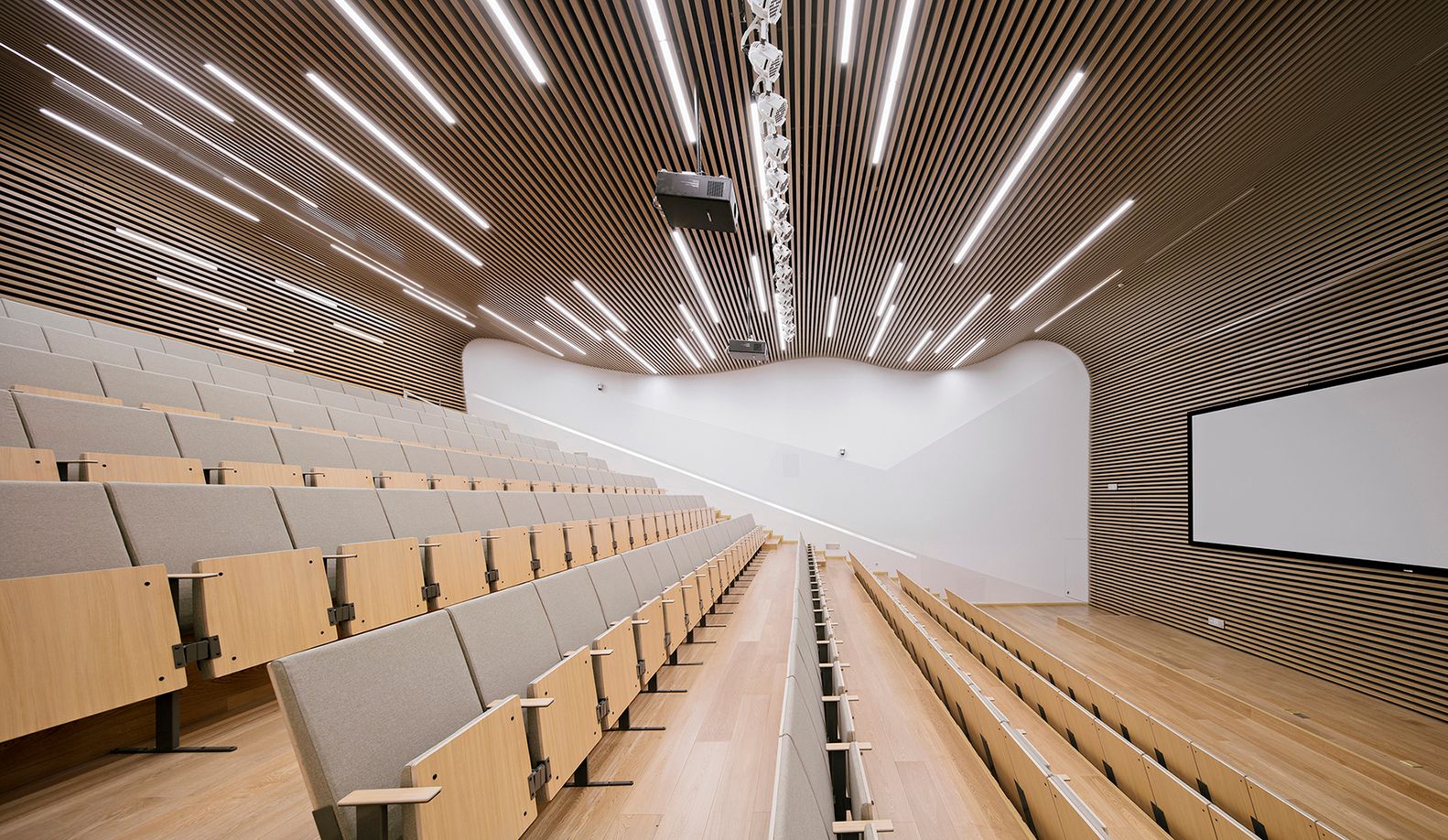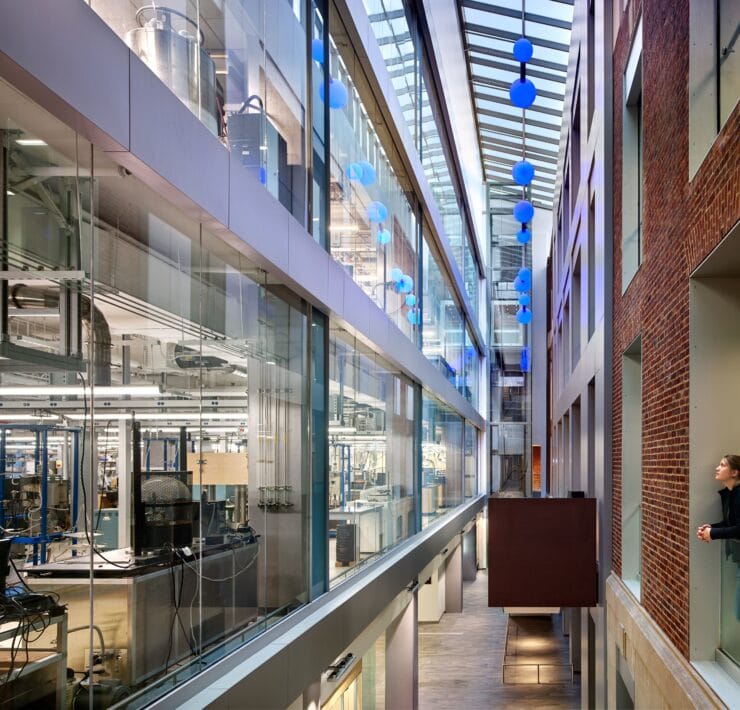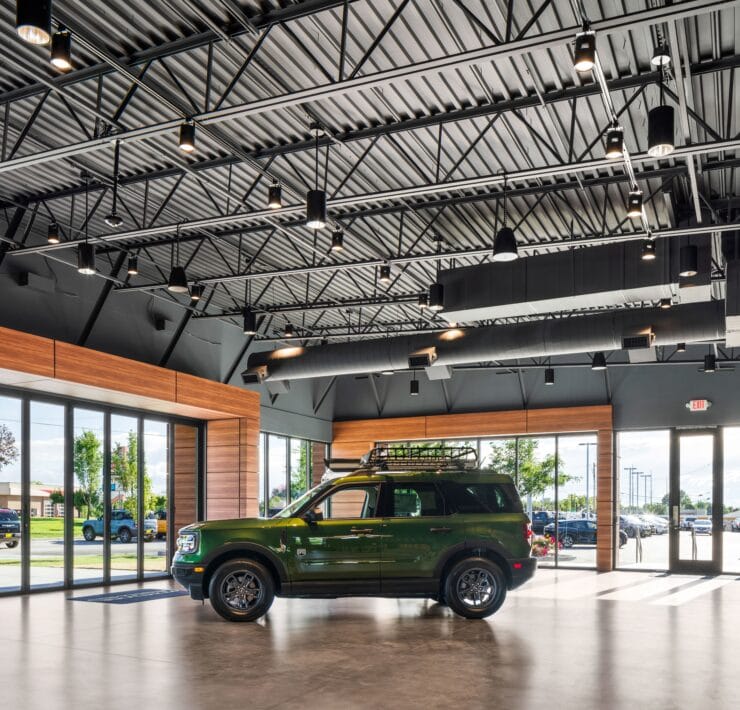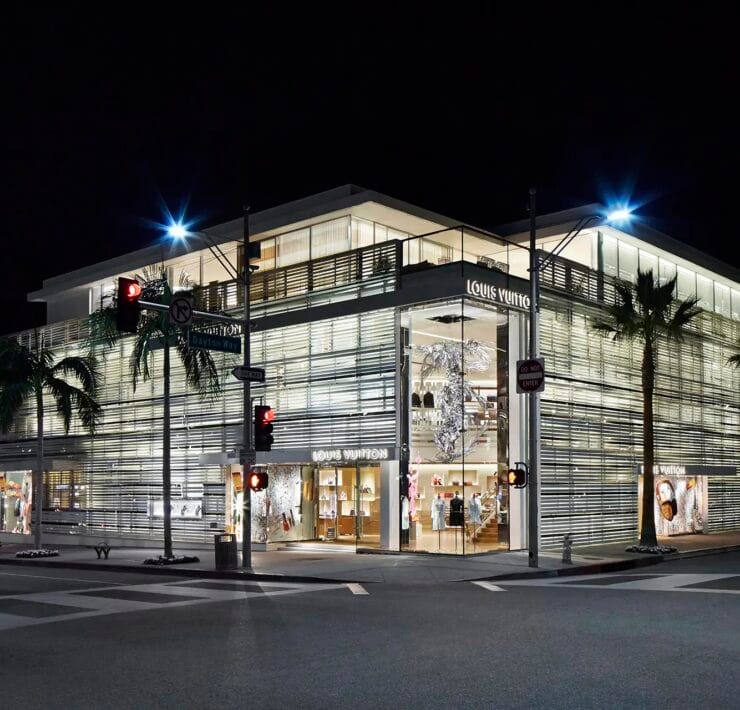Gary R. Flamm is an energy consultant and former lighting lead at the California Energy Commission. He has over 30 years of experience in the industry and specializes in guiding stakeholders through the nitty gritty of Title 24 compliance.
What were the major changes to Title 24 for 2016 non-residential?
There were really minor changes to non-res—just some minor tweaks. They focused mostly on residential because there’s an imminent zero net energy goal for residential in 2020, so that’s where they put most of their resources.
There were some lighting power allotments that were reduced. There was some clarification language—there’s always clarification, some clean up. [For] occupancy sensors, the time out window was changed from 30 minutes to 20 minutes.
There were some changes to lighting alterations. In 2013, the code made a big change affecting lighting retrofits and in 2016 they backed off of that a little bit because of the harm it was doing to lighting retrofitters. Other than that offhand I can’t think of too much that happened with non-residential.
There were really minor changes to non-res—just some minor tweaks.
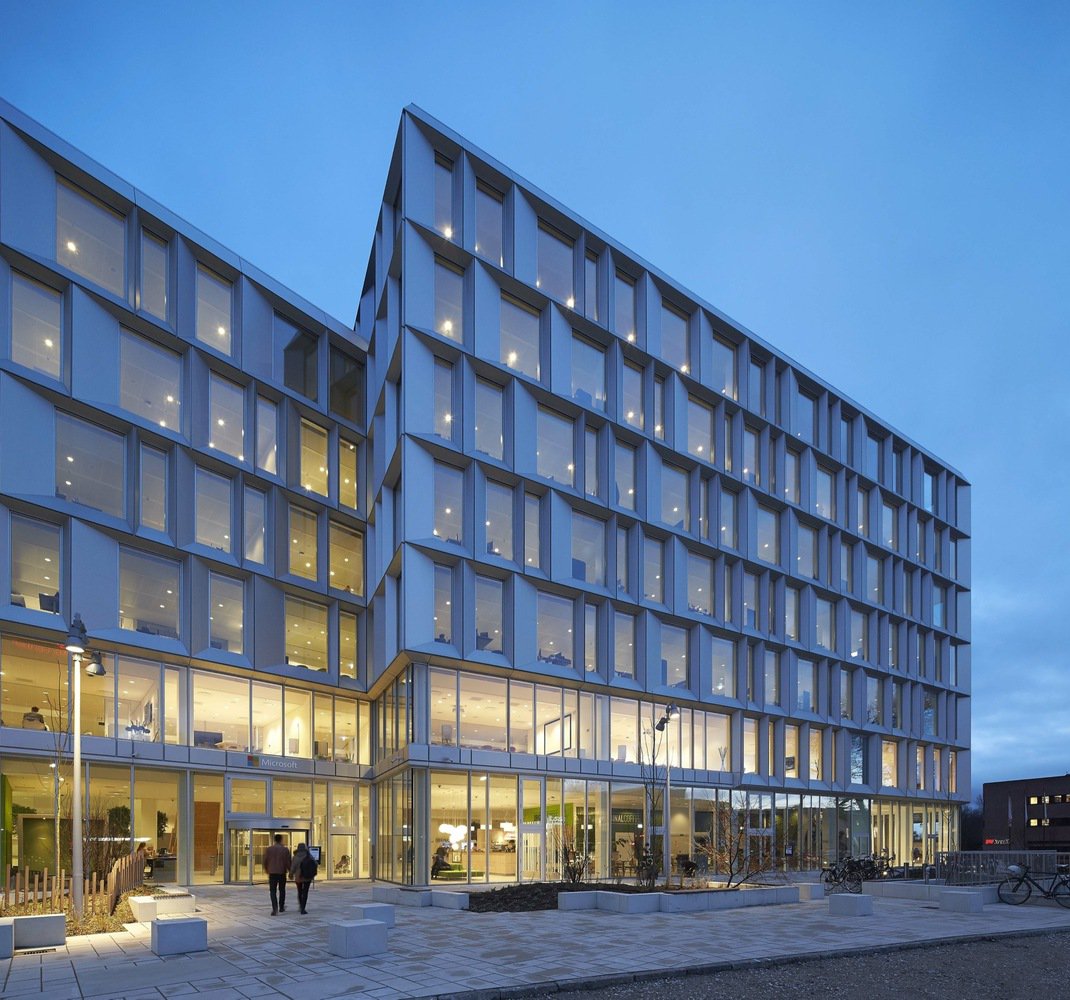
Why did they choose to start with residential rather than commercial?
The energy commission has a policy goal to reach zero net energy for residential by 2020 and for non-residential by 2030. So that means there are only two rule-making proceedings that would occur before they reach the 2020 time period, because there’s rule-making every three years. They did the 2016 [version] which goes into effect January 1, 2017 and now they’re just starting the 2019 update which would go into effect January 1, 2020.
So, basically because they only had two rule-making proceedings to reach zero net energy for residential, that was focus.
Do you think it’s easier to go ZNE for residential versus commercial?
I would suspect that. For a number of reasons, I believe that residential is simpler. Most residential architecture is pretty straightforward. The footprint ratio to the interior size is pretty much the same. There’s typically enough roof space on residential for solar compared to the footprint.
But when you start getting into non-residential especially high-rises [with] multiple floors, you start running into some real-estate problems—the amount of space needed for renewables is smaller compared to the footprint. You’ve got taller buildings closer together with non-res. So non-res is a broader type of architecture, depending on if you have an office or retail or warehouse, so it’s more complex to address non-res than it is res.
Speaking of the next upcoming version of Title 24, do you have any changes that you’re anticipating in the next three years?
It will probably deal with acceptance testing, which I think is problematic for non-residential.
[Acceptance testing] was a major change in 2013. It existed earlier, but it was significantly increased in 2013. And there are some lessons learned and some unresolved issues with the current language. So I expect them to really focus on fixing the acceptance testing language, in particular the functional testing for daylight controls.
Do you think it’s easy for people to get around the code with the current acceptance testing?
Unfortunately (now this is only anecdotal information), there are rumors that some acceptance testers are just selling their signature and not really doing the acceptance testing.
Title 24 is enforced by local building departments. And I have to be very careful that I don’t disparage local building departments. But [the requirements] are not enforced the same by every jurisdiction—so not every building department is as stringent in enforcing the energy code. So that’s one issue.
The other issue is that any ambiguity in the code is usually exploited by different people. And so what was discovered was that lighting controls were often value-engineered out at the last minute when there were budget concerns—not just lighting, but mechanical system controls too. Because controls were a very critical part of the energy code, the energy commission explored for a long time what can we do to make sure controls are installed. [And that’s how the acceptance testing program came to be.]
Unfortunately (now this is only anecdotal information), there are rumors that some acceptance testers are just selling their signature and not really doing the acceptance testing. So that begs the question, what do we need, acceptance testing of the acceptance testers? The assumption was that if people signed a license on a document, that they would think twice before they would do something fraudulent. And that probably is true for many people.
But there are some, allegedly, who are not doing the test. So now, what do you do?
I don’t know what the answer is. It is my opinion that the current acceptance tests are overly prescriptive and I don’t believe the acceptance testers had sufficient input into the tests. For one reason, the industry really didn’t exist.
There were good intentions.
There were good intentions. A lot of people have invested significant resources into developing these programs, both the advocates of the program as well as practitioners. So therefore, my opinion is that it would be unwise and it would be harmful for the energy commission to say, “Oh we made a mistake” and dump the acceptance testing. It would harm a lot of people. But I think it needs to get fixed. Lighting controls work. We need to make sure they’re installed—that they’re not value-engineered.
It was a good idea, now how do we fix this, how do we make this better? I expect that to be a focus in the 2019 code.
What is value engineering?
Somebody pays for a building to be built—either it’s a speculative building or a custom building somebody wants. And at some point somebody is looking at the budget and saying, “Oh my goodness, this is costing more than our budget. What can we do to cut costs?” And so they get all of the designers and experts and contractors [together] and they start looking at, “What can we do to save money on this? Well, I’ve got an idea, let’s dump these controls.”
That’s probably borne from the fact that there are a significant number of stakeholders who don’t see the value in the controls, particularly the automatic controls.
That’s probably borne from the fact that there are a significant number of stakeholders who don’t see the value in the controls, particularly the automatic controls. So if they don’t seem any value in them, even though they’re the law—if they’re not personally convinced that they’re valuable, they say, “Ah, let’s get rid of these automatic controls. Just put in a doggone breaker panel and we’ll call it even.” Value engineering is an attempt to bring the project in line with budget.
Do you think there is a specific type of controls that people are especially resistant to?
Automatic daylight controls save a significant amount of energy. I believe they were the biggest energy saving item in the 2013 code cycle.
I think automatic controls in general. There’s a requirement to automatically shut the light off when it’s assumed nobody’s going to be there, that’s either through a time clock or an occupancy sensor.
There’s a requirement to segregate daylight zones so that different daylight zones track the availability of free light according to the sun in those respective daylight zones. Those are the most complex of the acceptance tests. They’re the most complex to install.
Automatic daylight controls save a significant amount of energy. I believe they were the biggest energy saving item in the 2013 code cycle. So I think that the complexity and the expense of automatic daylight controls—people are resistant to those. And the other [one] is demand response ready: To pre-wire a building to automatically shut off 15% of the load in the event of an emergency. I would expect that the daylighting controls and demand response controls are the most resisted. That is my professional assumption.
Can you talk about the role of Commercial LED Lighting in Title 24 and going net zero?
So the reason LEDs are doing so well for energy is they have two benefits: their efficacy (which is like mpg) is high compared to other light sources, so it’s an efficient light source. And the ability of LEDs to get light out of the luminaire is also high.
If you think of a building as an asset, and that asset has a connected load, and that connected load is connected to the generation-transmission-distribution system that we all share, the smaller you can make that asset, the more responsible it is for that asset to be plugged into the electrical system.
So there are two main elements to making that asset efficient:
One is lighting power allotment, which is how many watts do you put in a building depending on the functional needs of that building, and the second is controls, both manual and automatic. Those are the two main elements. So to reach zero net energy, the automatic controls are going to have to be a critical part of that. And reducing the load as [much] as you can is going to be critical.
LEDs are proving to be very good at both being readily dimmable and [having] a lower connected lighting load because of the efficiency of distributing the light from the LED to your task.
If you have a light source, be it incandescent, HID, fluorescent, or LED, depending on the luminaire, some of that light could get trapped inside the luminaire. The amount of light that comes out of the luminaire is just as important as the efficiency of the lighting system.
So the reason LEDs are doing so well for energy is they have two benefits: their efficacy (which is like mpg) is high compared to other light sources, so it’s an efficient light source. And the ability of LEDs to get light out of the luminaire is also high. So those are the two significant benefits of LEDs [and] why energy efficiency programs inadvertently favor LEDs.
For a more simplified take on Title 24, check out this handy guide that breaks down the requirements by area type.
[This interview has been edited and condensed for clarity.]

